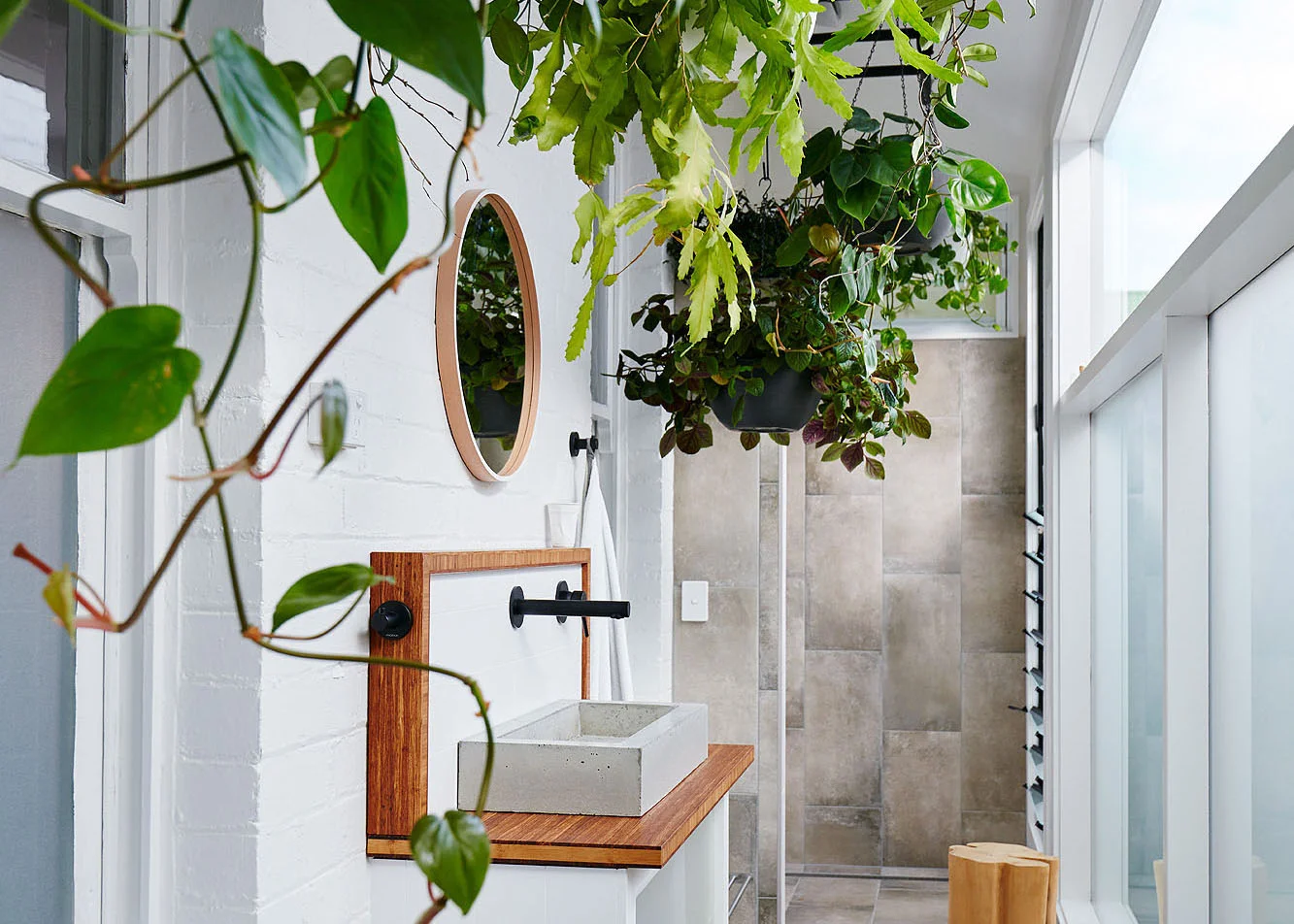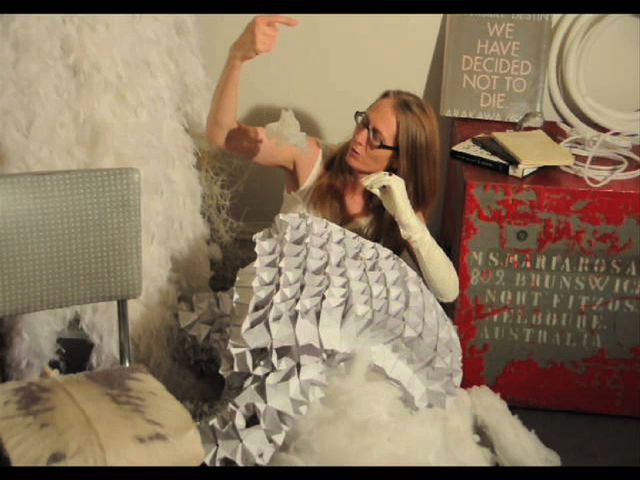Featured
Log 30 – Architectural Coexistence: Twins, Logs and the Ecology of Things
"If Log tends to reflect a show like Twin Peaks more than American Idol, insisting on the very critical reflection that...
Posted by Log on Friday, February 21, 2014
Excerpt from article here: http://www.anycorp.com/anycorp/article/183
syndebio
Bartlett lecture: The Creature.
Lecture at the Bartlett School of Architecture on Wednesday, April 24, 2013.
Link
Architecture as a living organism has appeared in various guises across history, with particular intensity through the avant-garde and in relation to utopian projects. This was fed by influential figures such as Sigfried Giedion, who asserted that architecture is an “organism” that “has a life of its own, grows or dwindles, finds new potentialities and forgets them again.” Today, contemporary architectural twists and turns are revisiting the organism through the lens and promise of biotechnologies. Living entities such as bacteria have become employed as building material, and white lab coats have become fashionable attire for the architect on the job.
This presentation by Pia Ednie-Brown, Associate Professor in Architecture at RMIT, will both consider this contemporary situation and discuss an idea of the architectural creature that is not restrained to biological life per se, but to a more transversal, distributed form of life. It will be argued that this notion of ‘the creature’ can become particularly valuable in relation to creative practice research and for approaching architecture in terms of the vitality it can contribute to the world.
AD issue is Out
Open Wide, Come Inside
This morning, my video presentation for the 3rd International Arakawa and Gins Conference was released here: http://ag3.griffith.edu.au/node/13 It works with a series of ideas that are becoming more important in the context of our broader design innovation research project, namely 'open systems', 'play', and 'emergence'. In general, Arakawa and Gins idea of 'reversible destiny' offers ways to rethink approaches to 'futuring'.
Here is the video, on Vimeo, with conference abstract below:
Open Wide, Come Inside: laughter, composure and architectural play. from pia ednie-brown on Vimeo.
This video is a presentation for an academic online conference in March 2010: the 3rd International Arakawa and Gins Architecture and Philosophy Conference. http://ag3.griffith.edu.au
It is the video presentation for the Art and Architecture stream of the conference. The video is composed as a mock episode of the children's TV show, Play School, intersecting with an academic paper.
This is the abstract for the paper:
My video presentation, which I am aiming to land somewhere between a lecture, an intimate confessional, and the pre-school TV show, Play School, is concerned with the way in which Arakawa and Gins have generated an evolving open system, and the mechanisms through which that system elusively hold together despite radical internal disparity. I suggest that this openness is sustained through simultaneously resisting coming to rest or finding explanatory closure, while maintaining a firm grasp on an elusive quality of connection. Turbulence, vitality and incongruity enter co-created loopiness, openly snowballing into a perpetual motion machine. Their buildings are an integral part of this machine, but their architecture is that machine.
But its not really a machine, it’s an organism-person-environment dynamic – a three part cleavage that plaits infinite strands of hairy connection into an open loop. What most arouses my interest, is the performative, transversal nature of their compositional glue – or in other words, what holds this dynamic together, and keeps it rolling. This I try to personify in terms of the architecture of shared laughter. The act of laughing together becomes an affective diagram and embodiment of their notion of bioscleave.
These characteristics of Arakawa and Gins make them exemplary cases of what I describe as ‘ethico-aesthetic know-how’ – or the art of emergence, which at best is a capacity to resonate in a heightened awareness of affectivity amidst all our organism-person-environment engagements. Here, we find a compositional coherence that is dynamically behavioural, something that might be found, say, in the complex of feelings that animate a face into a smile, rather than in the formal arrangement of a smiling face. And from there the question becomes, what can this teach about composing buildings that can laugh along with us?
Where the action is.
Just about everything I've been doing lately is being registered on the other blog:Plastic Futures
SEAM Symposium and 'The Erotic Return'
 In September this year, I attended and presented at the SEAM symposium, convened by Samantha Spurr, Margie Medlin, and Benedict Anderson and held at the very lovely venue of Critical Path. This symposium was beautifully crafted and put together with a great deal of care. It was one of those conferences that you remember in terms of generating a feeling of community and enthusiasm for the act of gathering and sharing ideas. A far cry from some others, where it seems more about attaining notches on the refereed conference paper bedhead than a genuine desire to engage. It was, as such, extremely appropriate that Brian Massumi and Erin Manning were keynotes, given that they have a history of convening experimental workshop events that are utterly held together by that kind of generosity, and have not a sniff of referee about them.
In September this year, I attended and presented at the SEAM symposium, convened by Samantha Spurr, Margie Medlin, and Benedict Anderson and held at the very lovely venue of Critical Path. This symposium was beautifully crafted and put together with a great deal of care. It was one of those conferences that you remember in terms of generating a feeling of community and enthusiasm for the act of gathering and sharing ideas. A far cry from some others, where it seems more about attaining notches on the refereed conference paper bedhead than a genuine desire to engage. It was, as such, extremely appropriate that Brian Massumi and Erin Manning were keynotes, given that they have a history of convening experimental workshop events that are utterly held together by that kind of generosity, and have not a sniff of referee about them.
I felt very honored to give one of the keynote presentations on Friday, Sept 18th. Brian Massumi and Andrew Benjamin presented on the first night (17th), and myself with Erin Manning on the second night.
My presentation was called ‘The Erotic Return’, where I discussed how states of affective intensity have more to offer the research we do as designers than we have cared to acknowledge. The erotic is a somewhat exemplary category of affective intensity because it’s hard to really think about eroticism without and being aware of feeling, or bodily movements. As George Bataille wrote in his study on the subject: “Eroticism is an experience that cannot be assessed from the outside in the way an object can.”
 The tingles and flushes of emerging erotic experience are not usually acknowledged features of a design discourse. Encountering an excruciatingly beautiful drawing might make you tingle, taking you to the verge of an erotic experience, but I shudder to think of the awkward pause that might arise in a social or professional situation should you give voice to your experience of that tingle. What I was trying to convey in the presentation, through some project work examples, was: if we are affected by engaging with, say a creative work, we enter into an even more complex, dynamic, aesthetically driven process when we produce creative work, and that this is a very significant level of awareness for research by creative practice. This argument has strong links to those developed in my PhD ‘The Aesthetics of Emergence‘, but is a development upon it. I hope to work up a paper or three on the connections between emergent research methodology (commonly known as ‘post-design rationalisation’, which I thorough believe is both valid and necessary for creative work), and the erotic (or, what I am calling in a Nietzschian play, ‘The Erotic Return’).
The tingles and flushes of emerging erotic experience are not usually acknowledged features of a design discourse. Encountering an excruciatingly beautiful drawing might make you tingle, taking you to the verge of an erotic experience, but I shudder to think of the awkward pause that might arise in a social or professional situation should you give voice to your experience of that tingle. What I was trying to convey in the presentation, through some project work examples, was: if we are affected by engaging with, say a creative work, we enter into an even more complex, dynamic, aesthetically driven process when we produce creative work, and that this is a very significant level of awareness for research by creative practice. This argument has strong links to those developed in my PhD ‘The Aesthetics of Emergence‘, but is a development upon it. I hope to work up a paper or three on the connections between emergent research methodology (commonly known as ‘post-design rationalisation’, which I thorough believe is both valid and necessary for creative work), and the erotic (or, what I am calling in a Nietzschian play, ‘The Erotic Return’).
SEAM symposium and Eroticism
In September this year, I attended and presented at the SEAM symposium, convened by Samantha Spurr, Margie Medlin, and Benedict Anderson and held at the very lovely venue of Critical Path. This symposium was beautifully crafted and put together with a great deal of care. It was one of those conferences that you remember in terms of generating a feeling of community and enthusiasm for the act of gathering and sharing ideas. A far cry from some others, where it seems more about attaining notches on the refereed conference paper bedhead than a genuine desire to engage. It was, as such, extremely appropriate that Brian Massumi and Erin Manning were keynotes, given that they have a history of convening experimental workshop events that are utterly held together by that kind of generosity, and have not a sniff of the 'refereed' about it.
I felt very honored to give one of the keynote presentations on Thursday, Sept 17th. Brian Massumi and Andrew Benjamin presented on the first night, and myself with Erin Manning on the second night.
My presentation was called 'The Erotic Return', where I discussed how affective states have more to offer the research we do as designers than we have cared to acknowledge. The erotic is a somewhat exemplary category of affective intensity because it’s hard to really think about eroticism without and being aware of feeling, or bodily movements. Thought and feeling coincide. As George Bataille wrote in his study on the subject: “Eroticism is an experience that cannot be assessed from the outside in the way an object can.”
 The tingles and flushes of emerging erotic experience are not usually acknowledged features of a design discourse. Encountering an excruciatingly beautiful drawing might make you tingle, taking you to the verge of an erotic experience, but I shudder to think of the awkward pause that might arise in a social or professional situation should you give voice to your experience of that tingle. What I was trying to convey in the presentation, through some project work examples, was: if we are affected by engaging with a creative work, we enter into an even more complex, dynamic, aesthetically driven process when we produce creative work, and that awareness of affectivity is important for research by creative practice. This argument has strong links to those developed in my PhD 'The Aesthetics of Emergence', but is a development upon it. I hope to work up a paper or three on the connections between emergent research methodology (commonly known as 'post-design rationalisation' – which I thorough believe is both valid and necessary for creative work), and the erotic (or, what I am calling in a Nietzschian play, 'The Erotic Return').
The tingles and flushes of emerging erotic experience are not usually acknowledged features of a design discourse. Encountering an excruciatingly beautiful drawing might make you tingle, taking you to the verge of an erotic experience, but I shudder to think of the awkward pause that might arise in a social or professional situation should you give voice to your experience of that tingle. What I was trying to convey in the presentation, through some project work examples, was: if we are affected by engaging with a creative work, we enter into an even more complex, dynamic, aesthetically driven process when we produce creative work, and that awareness of affectivity is important for research by creative practice. This argument has strong links to those developed in my PhD 'The Aesthetics of Emergence', but is a development upon it. I hope to work up a paper or three on the connections between emergent research methodology (commonly known as 'post-design rationalisation' – which I thorough believe is both valid and necessary for creative work), and the erotic (or, what I am calling in a Nietzschian play, 'The Erotic Return').
National Portrait Gallery: Public Lecture
19th Sept, 2009.Info here: http://www.portrait.gov.au/exhibit/architecture/
advanced architecture lecture
 Today I gave a lecture at RMIT in the Asian Urbanism subject, at the request of Associate Prof. Sand Helsel. However, my brief was not to discuss asian urbanism, but to offer an outline of 'Advanced Architecture', being the name of one of our three research streams within the Architecture program, and School of Architecture and Design at RMIT.
Today I gave a lecture at RMIT in the Asian Urbanism subject, at the request of Associate Prof. Sand Helsel. However, my brief was not to discuss asian urbanism, but to offer an outline of 'Advanced Architecture', being the name of one of our three research streams within the Architecture program, and School of Architecture and Design at RMIT.
butoh becomings
Today we did a butoh workshop with Tony Yap and Mike Hornblow. I bought my architecture students and Adele Varcoe bought some fashion students. It was a taster for ways of exploring what the body can be (because, as Spinoza famously said, we really don't know what bodies can be), cast in relation to thoughts about knowing and embodying space and form.This was done as part of The Society of Molecules.
Parallax session
 Am talking today in a workshop with Veronika Valk at the Parallax conference in Melbourne.
Conference so far is wonderful. Am blogging from the Betsky/Manaugh session this morning. Given the coherent narrative of value Manaugh gave to blogging for thinking about architecture I felt the desire to blog immediately. I think the best part about this mornings two presentations is that the intersect on the issue of what 'counts' as architecture. The answer is that it doesn't end with buildings, especially not with those designed by architects. It doesn't even start there. Can't wait to talk about microbialites later, as the worlds first architecture.
Am talking today in a workshop with Veronika Valk at the Parallax conference in Melbourne.
Conference so far is wonderful. Am blogging from the Betsky/Manaugh session this morning. Given the coherent narrative of value Manaugh gave to blogging for thinking about architecture I felt the desire to blog immediately. I think the best part about this mornings two presentations is that the intersect on the issue of what 'counts' as architecture. The answer is that it doesn't end with buildings, especially not with those designed by architects. It doesn't even start there. Can't wait to talk about microbialites later, as the worlds first architecture.
Plastic Green book
I was most excited to collect some advance copies of the book I have editted, 'Plastic Green: Designing for Environmental Transformation'. It brings together a series of essays and projects from those involved in The Biospatial Workshop in 2007 at RMIT. There is some lovely work in there, some fairly confronting. I like watching peoples faces as they look though parts of it. Their faces tend to move through some funny shapes. I'll post more on the contents and people soon.

SymbioticA 1 day workshop.
Today I went to a one day SymbioticA workshop. Missed the end, as I had to catch a plane, but got to see most of it.It was incredible. I learnt a great deal, and as I sped off to the airport, I felt like my frontal lobe was going to explode.
Why? Because it took you into the thick of laboratory processes, teaching us super basic lessons like how to use a pipette to measure 0.5ml as part of an apparently 'untouchable' (for non-scientists) process of DNA extraction and 'gel electrophoresis' (a DNA analysis). All this, while throwing up larger socio-political questions with the help of a adjacent projector, such as the use of DNA analysis in forensics and the genetic modification of tomatoes. It was, as one would expect, no more than a light touch of a fingernail (not yet even scratching the surface), but enough to demonstrate that more of us should be exposed to this experience. I was convinced that what might seem like hype about the radical changes afoot via biotechnological processes is very real, and very much with us.
 And, on top of that, it was attended by a group of interesting, intelligent people.
And, on top of that, it was attended by a group of interesting, intelligent people.
Biotech Art Revisited
Attending the symposium and exhibition, Biotech Art Revisited, at Experimental Art Foundation
Graduate Research Conference: key note lecture
Presented key note lecture at the October 2008 Graduate Research Conference at RMIT, in the School of Architecture and Design.
Poster
ARC Discovery Project
Successful acquisition of Australian Research Council Discovery grant:
Ethics and aesthetics as criteria for innovation: A design research study of biological art and digital architecture Funded ARC Grant 2009-2011
This project aims to understand innovation through design research, namely by engaging and reflecting on the activity of designing. It will develop and study a network of artists and designers in an emerging field of innovative practice, to capitalize on Australian expertise, and capture new knowledge about designerly ways of knowing that underpin innovation. Australia must innovate to tackle issues such as climate change, characterised by uncertainty, instability, uniqueness, and value conflicts. The research develops the central claim of design research, namely that design is a discipline with specific forms of knowledge, and specifically considers the role of this knowledge in the vital area of innovation. ARC grant Chief investigators: Dr Pia Ednie-Brown, Dr Andrew Burrow and Prof. Mark Burry of RMIT University, and Oron Catts, SymbioticA, UWA.
The Aesthetics of Emergence shortlisted
My doctoral thesis, The Aesthetics of Emergence, was shortlisted for the RIBA President's Awards for Research 2008.News release.











